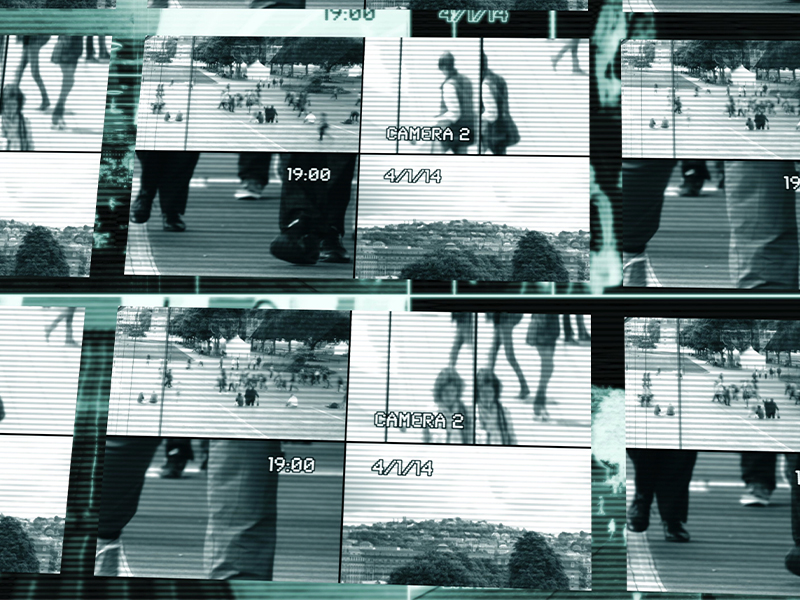In the ever-evolving landscape of legal proceedings, attorneys and legal professionals are continually seeking innovative ways to enhance their case presentations. One such powerful tool that has gained significant traction in recent years is the use of video depositions. This technological leap goes beyond the traditional transcript-based approach, offering a multifaceted advantage that can significantly impact the outcome of a case. In this article, we delve into the reasons why incorporating video depositions into your legal arsenal is not just a luxury but a strategic necessity.
The Human Element in Testimonies
In a courtroom, it’s not just about presenting facts; it’s about conveying the human story behind them. Video depositions capture the nuances of a witness’s demeanor, expressions, and body language, providing a richer context to the testimony. When jurors can observe a witness’s hesitations, sincerity, or even discomfort, it adds layers of understanding that are often lost in a written transcript. The power of non-verbal communication is undeniable, and video depositions preserve this essential element, fostering a deeper connection between the witness and the jury.
Enhancing Credibility and Persuasion
A well-executed video deposition can be a persuasive tool that transcends the limitations of a text-based transcript. The emotional resonance conveyed through a witness’s tone, pitch, and facial expressions can be a game-changer in swaying the opinions of the jury. When a witness’s emotions are palpable, it becomes easier for the legal team to establish credibility and build a compelling narrative. Jurors are more likely to remember and be influenced by a video presentation that taps into their emotions, making it a crucial aspect of successful courtroom strategy.
Complex Cases Simplified
In cases laden with technical details, scientific jargon, or intricate processes, a video deposition can be a lifeline for simplifying complex information. Demonstrative evidence, such as animations, simulations, or visual aids, can be seamlessly integrated into video depositions, providing a dynamic and easily digestible representation of intricate details. This visual reinforcement not only aids the jury’s understanding but also contributes to the retention of key information. In a world bombarded with visual stimuli, video depositions play a pivotal role in ensuring that the intricacies of a case are not lost in translation.
Time-Efficient and Cost-Effective
While the initial setup for video depositions may require an investment, the long-term benefits in terms of time and cost cannot be overstated. Video depositions reduce the need for repetitive questioning and allow for a more focused and streamlined presentation of evidence. This efficiency can lead to shorter trial durations, saving both time and expenses associated with prolonged courtroom proceedings. Additionally, the ability to reuse video depositions for various purposes, such as witness preparation or appellate arguments, adds significant value to the overall cost-effectiveness of this approach.
Remote Accessibility in a Digital Age
The legal landscape has witnessed a paradigm shift towards remote proceedings, a trend further accelerated by global events. Video depositions seamlessly align with this shift, offering a versatile solution for remote access to testimonies. Attorneys can depose witnesses from different geographical locations, reducing the logistical challenges associated with in-person depositions. This not only enhances the accessibility of key witnesses but also contributes to the overall adaptability of legal proceedings in the digital age.
The Impact of Visual Memory
Human memory is inherently visual, and studies suggest that individuals tend to remember visual information more effectively than text. Video depositions leverage this aspect of human cognition, creating a lasting impression on jurors. When facts are presented in a visually compelling manner, they are more likely to be retained and recalled during deliberations. By tapping into the jurors’ visual memory, attorneys can increase the chances of their key arguments resonating long after the video deposition has been played in court.
In the dynamic realm of legal practice, where persuasion and effective communication are paramount, the inclusion of video depositions stands as a strategic imperative. Beyond the surface advantages of cost efficiency and time savings, video depositions offer a nuanced and compelling narrative that can tip the scales in favor of a successful outcome. As technology continues to shape the future of legal proceedings, embracing the power of video depositions is not just an option; it’s a decisive step toward achieving a competitive edge in the courtroom.





